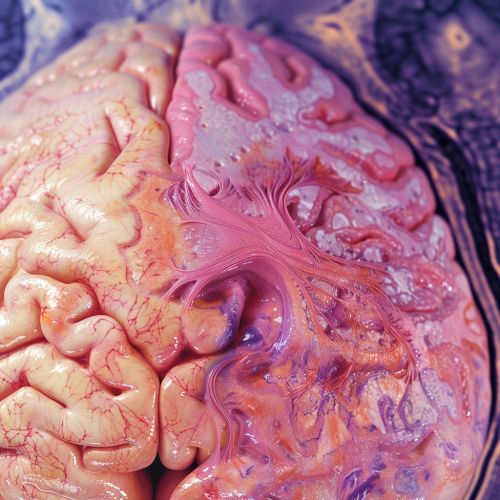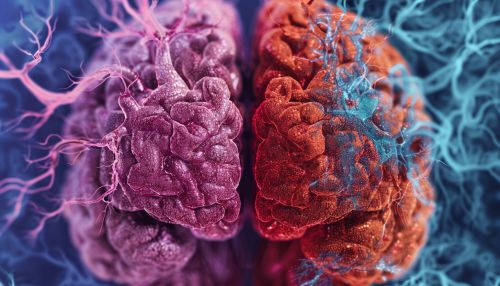Leukodystrophies
Overview
Leukodystrophies are a group of rare, progressive, metabolic, genetic diseases that affect the brain, spinal cord and often the peripheral nerves. Each type of leukodystrophy is caused by a specific gene abnormality that leads to abnormal development or destruction of the white matter in the brain.
Classification
Leukodystrophies are classified according to the specific gene that causes the disease. There are more than 50 known types of leukodystrophies, including:
- Adrenoleukodystrophy (ALD)
- Metachromatic leukodystrophy (MLD)
- Krabbe disease (KD)
- Pelizaeus-Merzbacher disease (PMD)
- Canavan disease (CD)
- Alexander disease (AD)


Symptoms
The symptoms of leukodystrophies vary depending on the specific type of leukodystrophy, and the age at which symptoms first appear. Common symptoms include:
- Progressive loss of speech, hearing, and sight
- Changes in behavior and personality
- Decline in cognitive abilities
- Difficulty coordinating movements
- Muscle weakness and rigidity
Diagnosis
Diagnosis of leukodystrophies is based on clinical observation, family history, and specific diagnostic tests. These tests may include:
- Magnetic resonance imaging (MRI)
- Computed tomography (CT) scan
- Genetic testing
- Nerve conduction studies
- Biopsy of the nerve or brain tissue
Treatment
Currently, there is no cure for leukodystrophies. Treatment is supportive and aimed at managing symptoms and improving the quality of life. This may include:
- Physical, occupational, and speech therapy
- Medications to control symptoms
- Nutritional support
- In some cases, bone marrow transplantation or gene therapy may be considered
Prognosis
The prognosis for individuals with leukodystrophy varies greatly and depends on the specific type of leukodystrophy, the age of onset, and the severity of symptoms. In general, most types of leukodystrophies are progressive and may lead to severe disability or death.
Research
Research into leukodystrophies is ongoing, with scientists studying the genetic causes of these diseases and exploring potential treatments, including gene therapy and stem cell transplantation.
